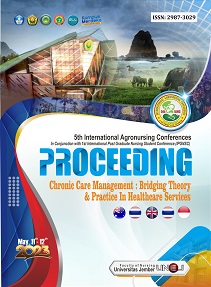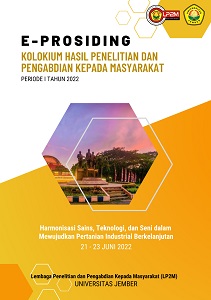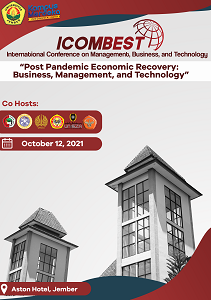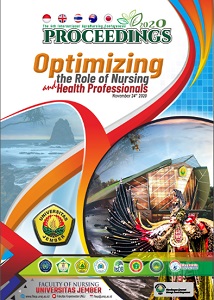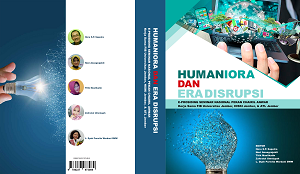Implementation of Murottal Al Qur'an Therapy Surat Ar-Rahman in Patients With Sensory Perception Disorders: Hearing Hallucinations at The Candipuro Health Center
Abstract
Background: Sensory perception disturbances, particularly hallucinations, are common symptoms in individuals with schizophrenia. Hallucinations can disrupt the quality of life, social functioning, and overall well-being of individuals. Additionally, the worst impact experienced by individuals is the attempt to commit acts of violence against themselves and others. Objectives: This study aims to explore the effectiveness of Al Qur‟an Murottal therapy as a modality therapy to reduce auditory hallucination symptoms in individuals with schizophrenia who experience sensory perception disturbances: auditory hallucinations. Methods: The research method used is a case study with a pre-post test design. The research participant was an individual diagnosed with sensory perception disturbance: auditory hallucinations. The participant underwent Al Qur‟an Murottal Therapy for three days. The measurement of auditory hallucination symptoms was conducted using the Auditory Hallucinations Rating Scale (AHRS), which has been tested for validity and reliability, by filling out the AHRS Questionnaire before and after the intervention. Result: The results of the study showed that the initial scale of the patient was 30 (very severe) and the final scale of the patient was 22 (moderate). There was a significant reduction in hallucination scores in individuals with schizophrenia who experienced sensory perception disturbances: auditory hallucinations after undergoing Al Qur‟an Murottal therapy for three days. This finding supports the potential of Al Qur’an Murottal therapy as an effective additional therapeutic approach in managing hallucination symptoms in individuals with schizophrenia experiencing sensory perception disturbances: auditory hallucinations. Conclussion: This suggests that Al Qur'an Murottal therapy can be an effective supplementary treatment for managing individuals with auditory hallucinations.


